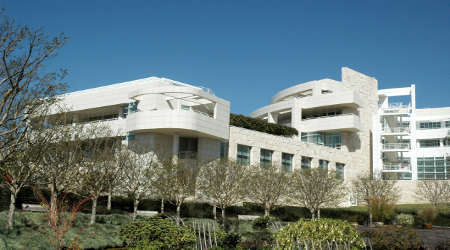Legionella: New Guidance on Disease’s Prevention
December 13, 2017
A Manhattan hotel. A Las Vegas casino and hotel. A suites hotel in Round Rock, Texas. Disneyland in Anaheim, Calif. These facilities have more in common that hosting a steady stream of visitors. They also were struck by Legionnaires’ Disease in 2017.
Maintenance and engineering managers in institutional and commercial facilities have taken steps in recent years to improve the effectiveness of testing and maintenance practices for HVAC and plumbing systems in order to prevent outbreaks of the disease. Now they can add an international protocol to their arsenal of weapons in the fight.
Global public health organization NSF International has published a new protocol — NSF P453: Cooling Towers – Treatment, Operation, and Maintenance to Prevent Legionellosis — as part of its commitment to improve building water health, according to an NSF announcement. The protocol outlines proper maintenance and safety practices associated with evaporative cooling systems.
Click here to learn about ANSI/ASHRAE Standard 188 on preventing Legionnaires’ Disease.
The protocol also addresses health concerns associated with commercial buildings, including health care facilities, whose residents may experience health issues, such as Legionellosis from improperly maintained water systems.
“According to the Centers of Disease Control and Prevention (CDC), about 5,000 cases of Legionnaires’ disease are reported each year in the United States, which unfortunately include some deaths,” says Dave Purkiss, general manager of water systems with NSF International. “Legionella bacteria are found naturally in freshwater environments, like lakes and streams but can quickly become a health concern due to lack of proper treatment, operation and maintenance in building water systems and cooling towers.
Click here to learn about myths related to Legionnaires’ Disease.
The new protocol uses the water safety plan approach recommended by the World Health Organization (WHO) to assemble a team, identify potential hazards and establish control measures to prevent the growth of Legionella bacteria. Managers can use the protocol to establish a management plan for the treatment, operation and maintenance of cooling tower water systems. NSF P453 allows owners and managers of buildings with cooling tower water systems to create an easy-to-follow, actionable plan with specific means and methods to manage the risk of Legionnaires’ disease.
This Quick Read was submitted by Dan Hounsell, editor-in-chief of Facility Maintenance Decisions, dan.hounsell@tradepressmedia.com.
Next
Read next on FacilitiesNet










